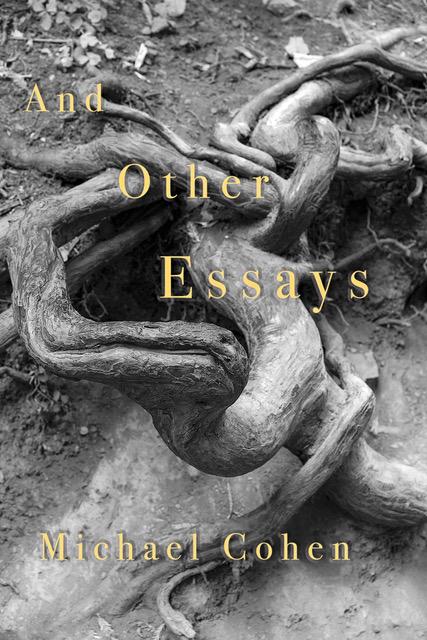I spent a couple of weeks traveling in Sicily a few years back, and so I thought reading a Sicilian mystery there would be appropriate. Andrea Camilleri wrote The Terra-Cotta Dog in 1996, and it was translated by Stephen Sartarelli in 2002. Camilleri’s main character is Salvo Montalbano, a Sicilian police inspector in a town called Vigàta. Vigàta is a wholly fictional town, but after the phenomenal success of Camilleri’s mysteries, his home town in Sicily, Port Empedocles near Agrigento, added Vigàta to its official name.
Montalbano is a very literate police inspector, and throughout the book there are references to his reading. He likes the Spanish mystery writer Vazquez Montalbán, whose name is the Spanish version of his own and whose mysteries, like Camilleri’s, also have many references to food and its preparation. But Montalbano also reads Faulkner and quotes Shakespeare as well as other dramatists, perhaps because Camilleri taught for many years at a school of drama.
Montalbano, though he is companionable enough in other respects, likes to eat alone. His housekeeper leaves him dishes in the icebox or in the oven: poached baby octopus, the casserole called pasta ‘ncasciata, anchovies baked in lemon juice, spaghetti with sardines, and other Sicilian treats.
Montalbano and his associates are always worried about moles in their organization—mafia spies—and in fact there is a kind of cold war between the police and the mafiosi. The factual basis of this struggle becomes apparent before one has even deplaned at the airport outside Palermo, which has been renamed Falcone-Borsellino Airport after the two judges murdered in 1992 for their anti-mafia activities. Mostly the violence happens within the mafia, and there is a chilling indifference born of use with which the police regard the killings of one mafioso by another.
The plot is complex and begins with a well-known mafioso giving himself up to Montalbano. He wants the police inspector to stage the surrender as a surprise arrest. The man’s associates are not fooled and they kill him, but before he dies, the mafioso gives Montalbano information about a large gun-smuggling operation. Montalbano finds the cache of weapons, but nearby discovers a young couple, murdered fifty years earlier, just before the Americans entered Italy in 1943. The fifty-year-old crime begins to consume Montalbano’s thoughts; he becomes obsessed with it in the way Friedrich Dürrenmatt’s inspector is obsessed with the murder of a little girl in The Pledge, a book that Montalbano thinks of in connection with his own obsession. Unlike Dürrenmatt’s character though, Montalbano solves this one. I think you might like it, but you might have to go to Sicily to get the full effect.
